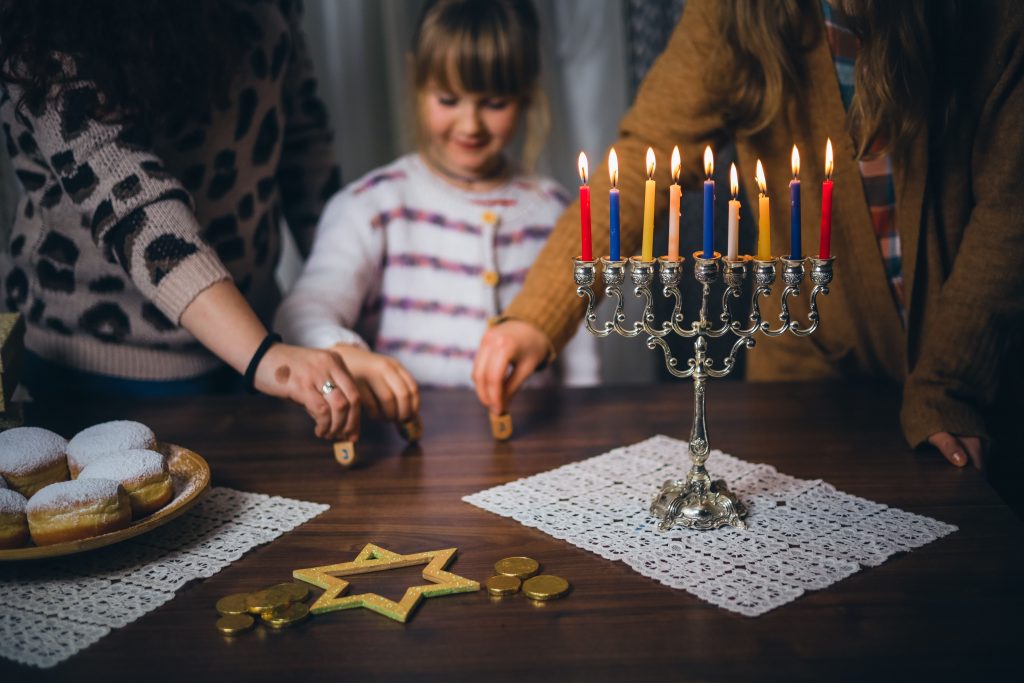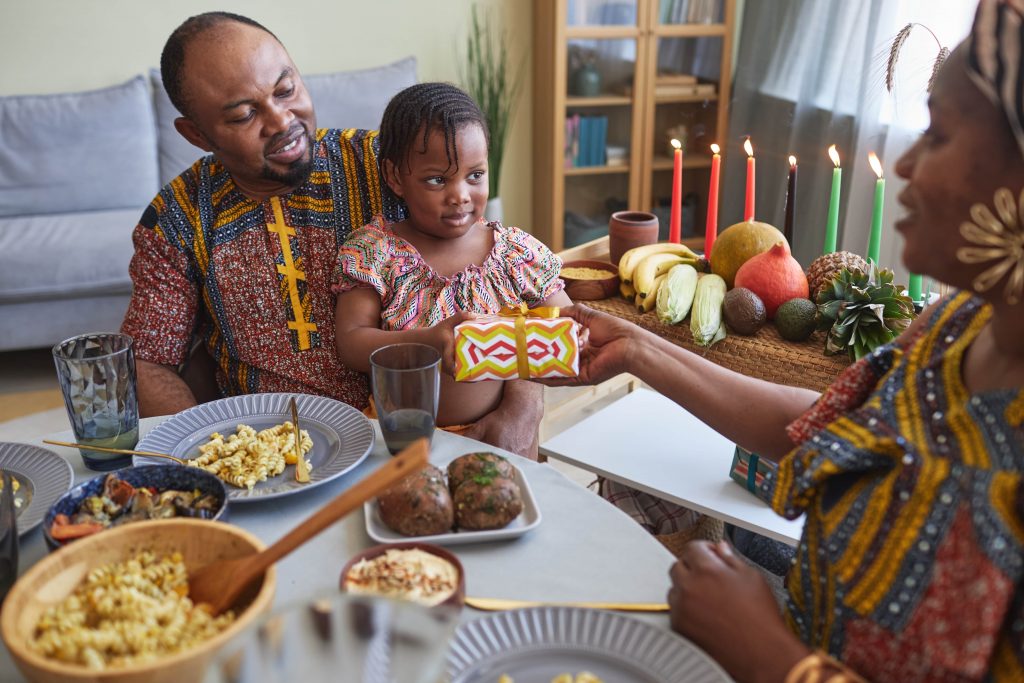There are many religious holidays celebrated around December. December is not only important for Christians, but also for many other religions around the world. Being the winter solstice, or midwinter, it is important, and naturally it would have been observed by many across the world and throughout history, especially when the seasons and their changings were much more closely observed than they are.
Meán Gheimhridh
Holiday celebrated by pre- and early Celtic people during midwinter
Solstices and Equinoxes have always been very important to the people in northern europe throughout history. Meán Gheimhridh was the Celtic midwinter, and an example of this. It was often celebrated in Ireland, and even today people that follow Gaelic Polytheism observe this celebration. There are several gods and goddesses that are celebrated during this time, including Cailleach (the goddess of winter) and Grian (whose name can be translated to ‘Sun’). There are also passage tombs in Ireland that are respected and may have had rites honouring them. The time can also be marked with night long vigils, with families grouping together to celebrate the sun when it rises.
Hanukkah
Holiday celebrated by Jewish people on the 25th day of Kislev in the Hebrew calendar.
Hanukkah is a Jewish celebration that usually lands between late November and December. This year it is being celebrated between sundown on the 18th and sundown on the 26th December. The change in date every year occurs because of the differences between the Hebrew and Gregorian calendars.
Hanukkah is the 8-day festival of lights. It is often celebrated by lighting a menorah each night of the 8 days. The celebrations also include special prayers and food for the season. The word Hanukkah means dedication.
The celebration comes from the second century BCE, when the Jews fought against and pushed out Syrian-Greeks from their land and reclaimed their Holy Temple in Jerusalem. They only had one day’s supply of oil to light the temple’s Menorah, but it miraculously lasted for 8 days.
Fried food is important to consume during this period because the Hanukkah miracle included oil. Latkes are often eaten in eastern european countries.

Kwanzaa
Holiday celebrated by African Americans at the end of December
Kwanzaa is a relatively new winter time holiday and it is celebrated by African American people in the United States of America between 26th December and 1st January. It is linked to Pan Africanism, despite it primarily being celebrated by Americans.
The origins of Kwanzaa on the African continent are to do with agriculture. It is a celebration of the harvest and specifically the celebration of first fruit collections. The name comes from a Swahili phrase meaning first fruits. These are linked to celebrations in civilisations in places like Yorobaland and Ashantiland, as well as ancient Egypt. These celebrations can be seen all across Africa, hence the pan-africanist nature of the celebration.
Kwanzaa was transported to the US in 1966 during the Black Freedom Movement. It reflects the need for cultural connection to the African continent as well as unity.
Some of the symbols of Kwanzaa are the candles, the mat, the crops, the cup and the gifts. These items represent different different african principles, including unity, roots, harvest and productive labour, and the reconstruction of the lives of africans.

Yule
Holiday celebrated by Pagans across the world, but primarily in northern european countries between December and January
The modern day Yule is based on the Yule traditions from the pre-Christian European period. Quite a few of these traditions have been absorbed in some way or another into Christian celebrations, but some modern day Pagans have decided to focus on reviving more of the traditions that have been lost to history.
Yule is a word of Germanic origin, and the celebration was traditionally linked to Germanic people across Europe (this includes countries like Sweden, as well as England and Germany). It is celebrated in the middle of winter on the day of the winter solstice and marks the longest night of the year, as well as the point at which days begin to get longer. (although they do not necessarily become warmer yet).
The themes are often focused on renewal and rebirth, as the days are getting longer. It is time spent on reflecting the year that has passed and the year that is to come. Some scholars also believe that the celebration could be linked to the Roman festival of Saturnalia, which is a celebration of Saturn, the God of agriculture. It was also held around the solstice and some of the traditions may have been carried onto pagan celebrations.
Holly and Ivy are two of the most important plants of the season. Holly is an evergreen plant which is an important example of everlasting life. It also represents the old solar year as well as the Holly King (which some view as a precursor to Santa Claus).
Ivy serves as a reminder of continuing life since it often outlives its host. Birch and Mistletoe are often well-known for rebirth and peacemaking respectively.
As you can see, there are many celebrations in December. The winter solstice has clearly been very important to those living in the northern hemisphere for generations and the change of season has long been revered, respected and observed by those living in (Northern) Europe.
